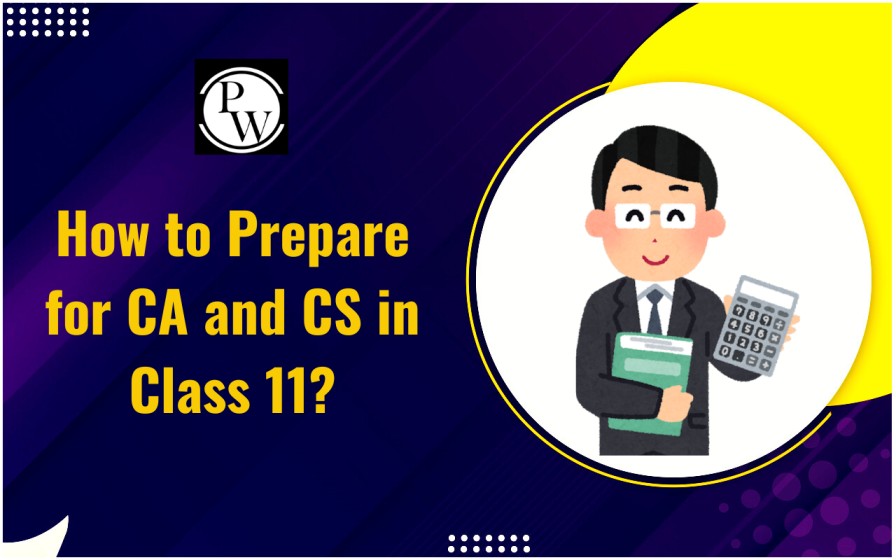
MCQs on Profit and Loss: Profit and loss are fundamental concepts in the world of business and accounting. Understanding how to calculate and interpret profit and loss is essential for making sound financial decisions. In this blog, we'll understand the meaning and importance of profit and loss, followed by a set of multiple-choice questions (MCQs) to help you test your knowledge.
What is Profit and Loss?
Profit refers to the financial gain that remains after all expenses, taxes, and costs are subtracted from the revenue generated by a business. In simple terms, it is the money a business earns after covering its costs. Profit is a key indicator of a company’s financial health and its ability to generate income from its activities. Loss , on the other hand, occurs when a business's expenses exceed its revenues. It indicates that the business is not generating enough income to cover its costs and is operating at a deficit. Losses, if sustained over time, can lead to a business’s closure or require external financial support.MCQs on Profit and Loss
Here are MCQs based on Profit and Loss, complete with answers and explanations:What is 'Profit'?
A) Total revenue minus total expenses B) Total expenses minus total revenue C) Assets minus liabilities D) Cash in hand Answer: A Explanation : Profit is the financial gain calculated by subtracting total expenses from total revenue. It is a measure of a business's success.Which formula correctly calculates 'Loss'?
A) Total revenue + total expenses B) Total revenue - total expenses C) Total expenses - total revenue D) Total assets - total liabilities Answer: C Explanation : Loss occurs when total expenses exceed total revenue, calculated as total expenses minus total revenue.Why is profit important for a business?
A) It helps pay off loans B) It supports growth and expansion C) It rewards shareholders and investors D) All of the above Answer: D Explanation : Profit is crucial because it enables debt repayment, supports business expansion, and provides returns to shareholders and investors.If a business incurs more expenses than revenue, it results in a:
A) Profit B) Loss C) Break-even D) Dividend Answer: B Explanation : When expenses exceed revenue, the business incurs a loss, indicating it hasn’t achieved profitability.Which of the following helps improve profit?
A) Increasing expenses B) Increasing revenue C) Reducing assets D) None of the above Answer: B Explanation : Increasing revenue while maintaining or reducing expenses helps improve profit by widening the gap between income and costs.What is 'Break-even' in business?
A) When revenue equals expenses B) When revenue is more than expenses C) When revenue is less than expenses D) None of the above Answer: A Explanation : The break-even point is where revenue equals expenses, meaning the business neither makes a profit nor incurs a loss.Which type of profit shows the profit before taxes are deducted?
A) Net profit B) Gross profit C) Operating profit D) Profit margin Answer: C Explanation : Operating profit is the profit from business operations before taxes and interest are deducted, reflecting core operational success.A company with high expenses but stable revenue should focus on:
A) Increasing revenue B) Decreasing expenses C) Increasing assets D) None of the above Answer: B Explanation : Reducing expenses can help improve profit margins, especially if revenue is stable but not increasing.The term 'profit margin' refers to:
A) Total profit B) Profit as a percentage of revenue C) Total revenue minus expenses D) Net assets Answer: B Explanation : Profit margin is the percentage of revenue that becomes profit, indicating how efficiently a business generates profit relative to sales.Losses can affect a business by:
A) Reducing capital reserves B) Lowering investor confidence C) Limiting growth potential D) All of the above Answer: D Explanation : Losses reduce capital, impact investor confidence, and limit growth potential by reducing funds available for expansion.When is a business considered profitable?
A) When it generates revenue B) When revenue is higher than expenses C) When expenses equal revenue D) When there are no liabilities Answer: B Explanation : A business is profitable when its revenue exceeds its expenses, indicating financial gain rather than loss or break-even.Which of these would NOT affect profit?
A) Increasing marketing expenses B) Borrowing money C) Raising the product price D) Reducing production costs Answer: B Explanation : Borrowing does not directly impact profit; it affects cash flow and liabilities but not revenue or expenses.Profit and loss are calculated over:
A) A single transaction B) A specific period, like a quarter or year C) A daily basis D) Random intervals Answer: B Explanation : Profit and loss are assessed over set periods, such as quarters or years, to track financial performance consistently.Importance of Profit and Loss
Understanding Profit and Loss is crucial for several reasons:Financial Health
Profit and loss statements provide a clear picture of a business's financial health. They help business owners and managers understand if the company is making money or incurring losses, guiding future decisions.Decision Making
Profitability is critical for decision-making. If a business is consistently profitable, it may expand operations or invest in new projects. Conversely, if losses are observed, the company may need to cut costs, increase prices, or reassess its strategies.Attracting Investors
Investors often look at a company’s profit and loss figures to determine its financial stability and growth potential. A healthy profit margin can attract investors and secure funding for expansion.Taxation
A business’s profit or loss plays a significant role in its tax obligations. Profits are subject to taxation, while losses can sometimes be carried forward to offset future tax liabilities.Business Strategy
A clear understanding of profit and loss helps in strategic planning. By analyzing revenue streams and cost structures, businesses can identify areas for improvement, optimize operations, and increase profitability. Understanding profit and loss is vital for analyzing a business's financial health. Profit indicates a surplus after expenses, supporting growth and stability, while losses highlight areas needing improvement. For commerce students, mastering these concepts provides a strong foundation for success in finance, accounting, and business management. Unlock your potential in commerce with PW Commerce Courses! Enroll today to gain in-depth knowledge and skills that will help you excel in your exams and future career. Don’t miss out!Profit and Loss FAQs
What is profit in business?
Profit is the surplus remaining when total revenue exceeds total expenses, representing the financial gain of a business.
How is loss calculated?
Loss is calculated when total expenses exceed total revenue, showing a financial shortfall for the business.
Why are profit and loss important?
They indicate a business's financial health, guiding decisions on growth, investment, and operational efficiency.
What does 'break-even' mean?
The break-even point is where revenue equals expenses, meaning no profit or loss is made.
Talk to a counsellorHave doubts? Our support team will be happy to assist you!

Check out these Related Articles
Free Learning Resources
PW Books
Notes (Class 10-12)
PW Study Materials
Notes (Class 6-9)
Ncert Solutions
Govt Exams
Class 6th to 12th Online Courses
Govt Job Exams Courses
UPSC Coaching
Defence Exam Coaching
Gate Exam Coaching
Other Exams
Know about Physics Wallah
Physics Wallah is an Indian edtech platform that provides accessible & comprehensive learning experiences to students from Class 6th to postgraduate level. We also provide extensive NCERT solutions, sample paper, NEET, JEE Mains, BITSAT previous year papers & more such resources to students. Physics Wallah also caters to over 3.5 million registered students and over 78 lakh+ Youtube subscribers with 4.8 rating on its app.
We Stand Out because
We provide students with intensive courses with India’s qualified & experienced faculties & mentors. PW strives to make the learning experience comprehensive and accessible for students of all sections of society. We believe in empowering every single student who couldn't dream of a good career in engineering and medical field earlier.
Our Key Focus Areas
Physics Wallah's main focus is to make the learning experience as economical as possible for all students. With our affordable courses like Lakshya, Udaan and Arjuna and many others, we have been able to provide a platform for lakhs of aspirants. From providing Chemistry, Maths, Physics formula to giving e-books of eminent authors like RD Sharma, RS Aggarwal and Lakhmir Singh, PW focuses on every single student's need for preparation.
What Makes Us Different
Physics Wallah strives to develop a comprehensive pedagogical structure for students, where they get a state-of-the-art learning experience with study material and resources. Apart from catering students preparing for JEE Mains and NEET, PW also provides study material for each state board like Uttar Pradesh, Bihar, and others
Copyright © 2025 Physicswallah Limited All rights reserved.
Get App









